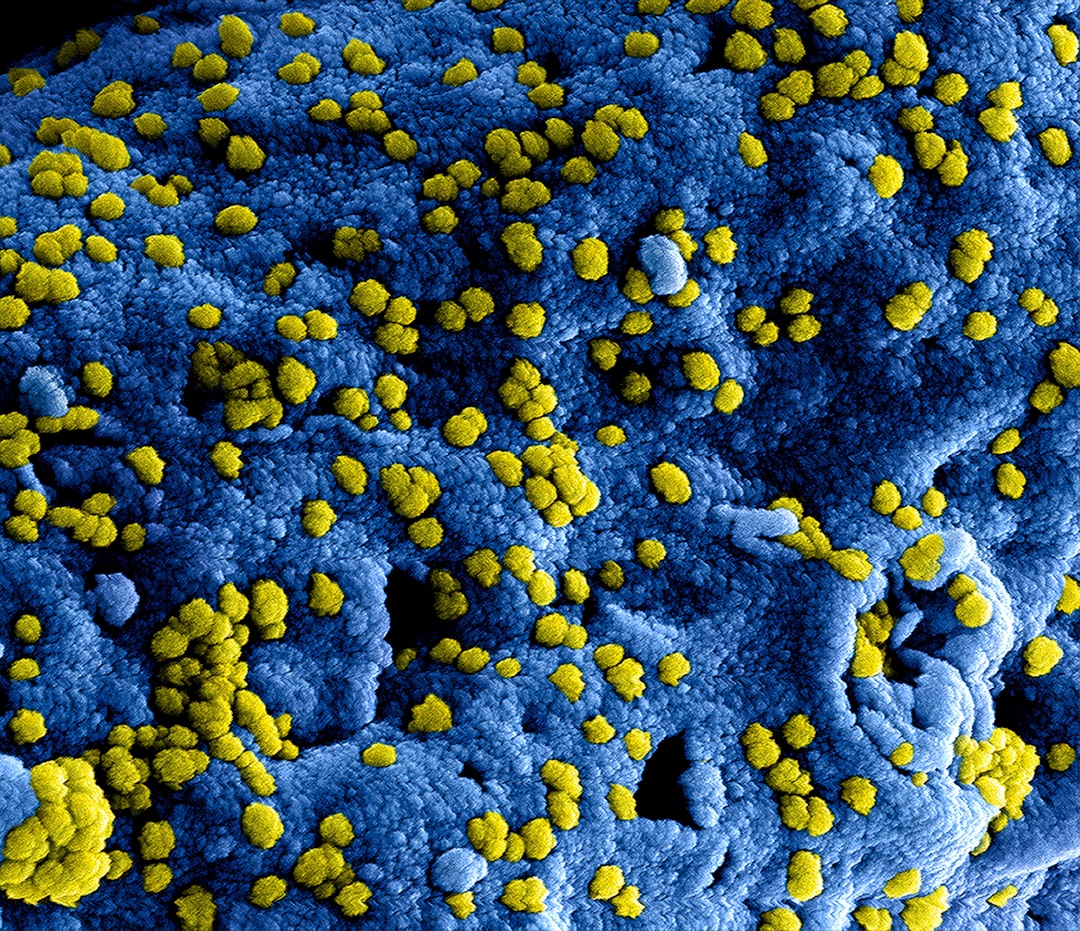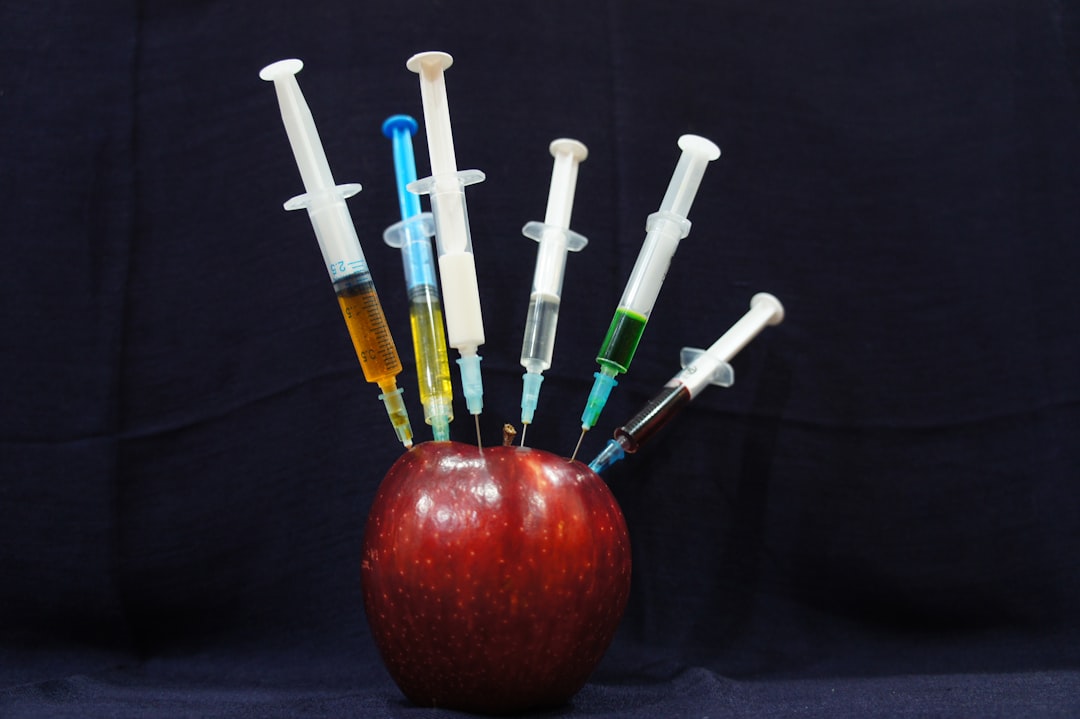What is it about?
To achieve the food-grade expression of bile salt hydrolase (BSH, EC 3.5.1.24) from Lactobacillus plantarum BBE7, the nisin controlled gene expression system (NICE), food-grade signal peptide SPusp45 and selection maker lacF of Lactococcus lactis were used in this study. The open reading frame of BSH was optimized based on the codon bias of L. lactis, resulting in 12-fold and 9.5% increases in the intracellular and extracellular BSH activities, respectively. After fused with signal peptide SPusp45 and introduced into the food-grade expression vector pNZ8149, the acidic propeptide LEISSTCDA was effective in increasing both the secretion efficiency and yield of BSH in recombinant bacteria. By synchronous utilization of codon optimization and the acidic propeptide, the extracellular BSH activity was increased by 11.3%, reaching its maximum of 3.56 U/mg. To the best of our knowledge, this is the first report on the intracellular and extracellular expression of BSH using food-grade expression system.
Featured Image
Why is it important?
Cholestrol lowering enzyme, bile salt hydrolase from a food grade bacteria, Lactobacillus species was overproduced in E. coli intracellularly and extracellularly by genetic cloning.
Read the Original
This page is a summary of: Codon and Propeptide Optimizations to Improve the Food-grade Expression of Bile Salt Hydrolase in Lactococcus lactis, Protein and Peptide Letters, July 2015, Bentham Science Publishers,
DOI: 10.2174/0929866522666150610094829.
You can read the full text:
Contributors
The following have contributed to this page










